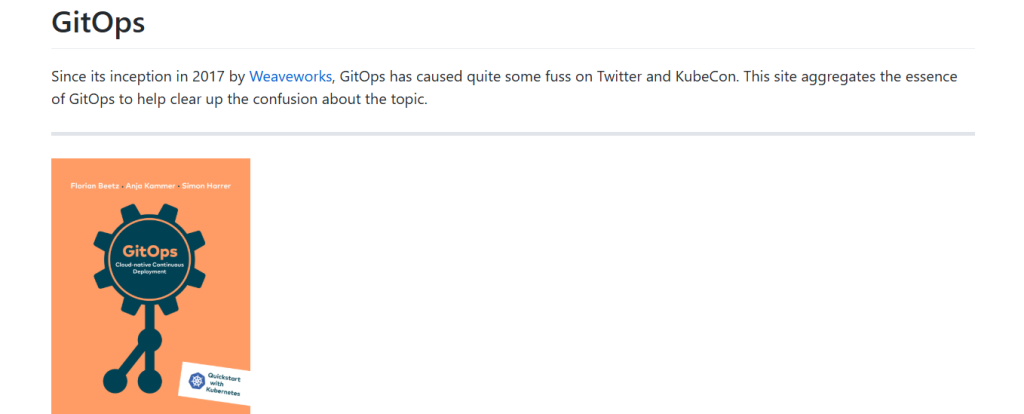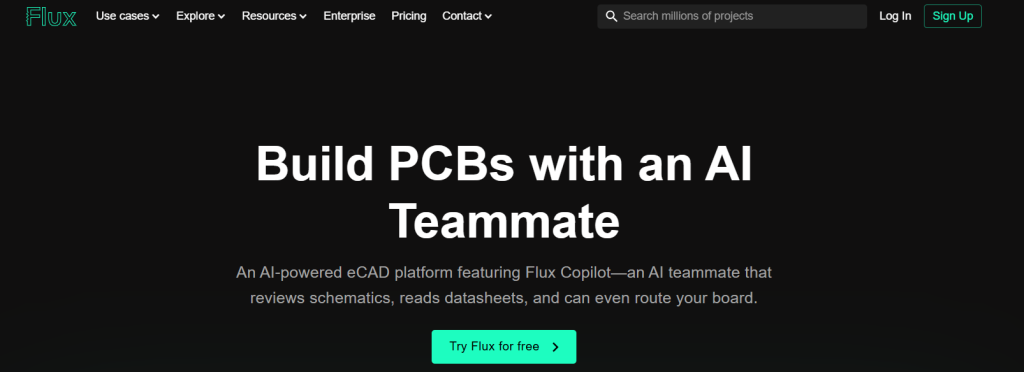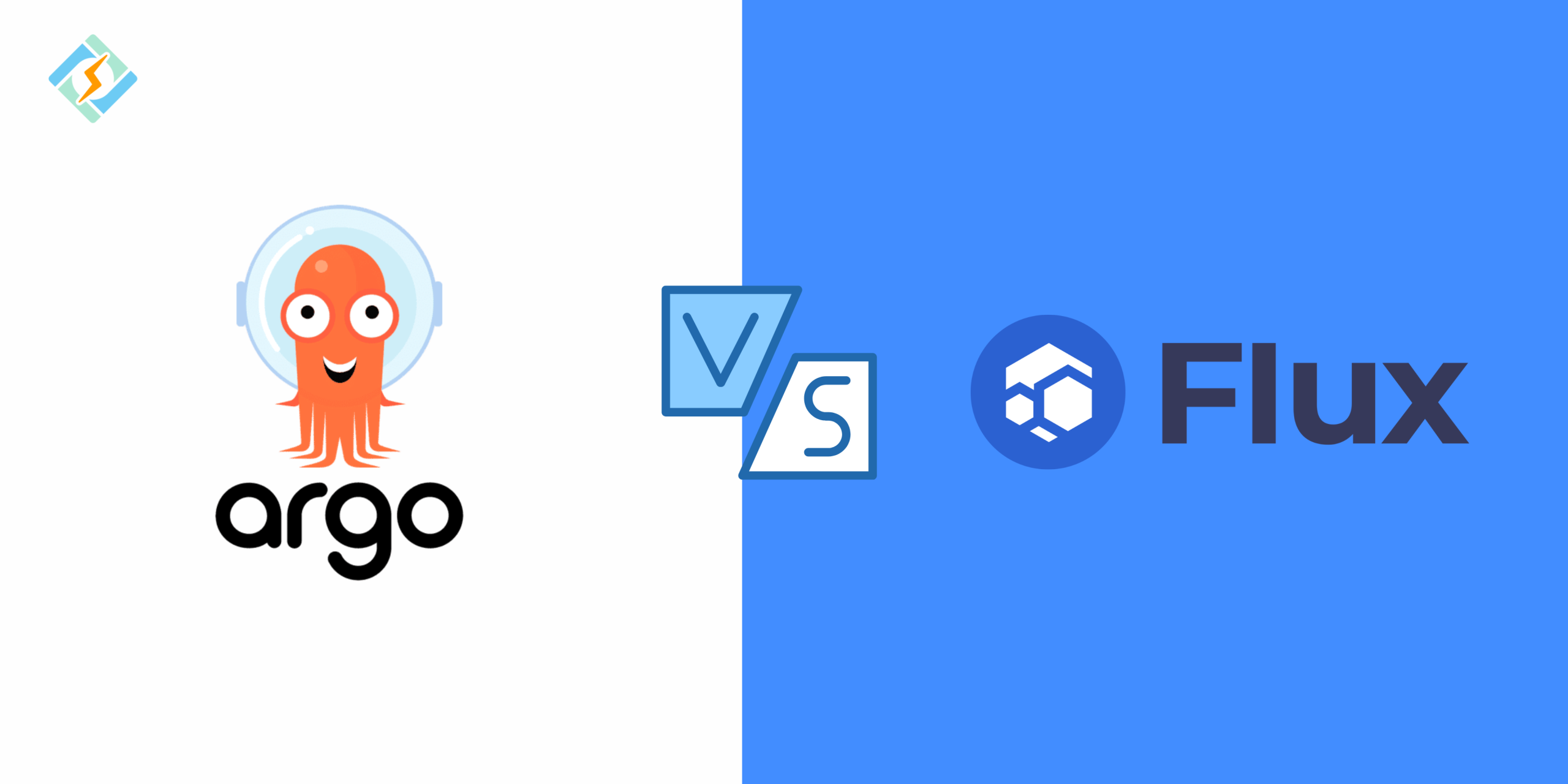The software delivery landscape has transformed significantly over the past decade. DevOps practices have matured, cloud-native infrastructure is now mainstream, and Kubernetes has taken over as the de facto platform for deploying and managing containerized applications. With this shift, the way we deliver software has also evolved and GitOps has emerged as a powerful methodology for continuous delivery in the Kubernetes ecosystem.
GitOps is a method of infrastructure and application deployment management by relying on Git as the sole source of truth. Rather than manually pushing changes to your clusters, you state what you want in Git repositories, and a controller deployed within the cluster makes sure your infrastructure is in sync with what it’s declared in Git.
Two of the most widely used tools that use the GitOps model are Argo CD vs. Flux. Both of them are open source, Kubernetes-native, and are commonly used within the community. Both of them try to automate the syncing of your infrastructure and application states with your Git, but are different in architecture, features, philosophy, and experience.
In this article, we are going to dive deep into the concepts of Argo CD vs. Flux, going over their foundational concepts, strengths, weaknesses, and applications to assist you in deciding which one is the best choice for your organization.
What Is GitOps?

Let’s first see what GitOps is all about before comparing the two tools.
GitOps, a term coined by Weaveworks, is a practice that employs Git repositories as the source of truth for declarative infrastructure and app configurations. It is based on these principles:
Get exclusive access to all things tech-savvy, and be the first to receive
the latest updates directly in your inbox.
- Declarative configuration: The desired state of your system is defined through declarative code (most often YAML files).
- Version-controlled source of truth: Changes are all version controlled in Git. A pull request or a commit can be a possible change to the environment.
- Automated reconciliation: A controller in your Kubernetes cluster continuously monitors the Git repository and makes sure the actual cluster state matches the desired state.
- Auditable and observable: Since every change goes through Git, it provides a complete audit trail and can be reviewed, tested, and rolled back if necessary.
GitOps offers a more formalized, secure, and automated approach to deploying an incredibly useful tool for scaling software delivery in today’s environments.
Introducing Argo CD

While comparing Argo CD vs. Flux, Argo CD is under the umbrella of the Argo Project, which is a suite of Kubernetes-native tools for continuous delivery, workflows, and events. Intuit introduced Argo CD, and it has become one of the most used GitOps tools for Kubernetes.
It puts a strong emphasis on the application-focused model of delivery. You declare your application through manifests or Helm/Kustomize, commit them to Git, and Argo CD will take care of syncing that application to your Kubernetes cluster.
Key Features
- UI and CLI: Argo CD has a rich web UI, a solid CLI, and a complete REST API.
- Multiple deployment strategies: Supports plain manifests, Helm charts, Kustomize, Jsonnet, and even custom plugins.
- Self-healing: catches configuration drift and self-corrects the cluster state to sync with Git.
- RBAC: Sophisticated role-based access control for secure management of multi-tenant environments.
- Multi-cluster support: Automatically handles applications across multiple clusters from one control plane.
- Sync hooks and waves: Granular management of how and when resources are synced.
Architecture
Argo CD operates on a pull-based model. It operates within your Kubernetes cluster and schedules periodic checks of Git repositories for modifications. When a modification is found, it syncs the current state of the cluster with the stated state in Git.
It utilizes custom resource definitions (CRDs) to declare applications and monitors the health, sync state, and history of the applications.
Introducing Flux

In the comparison of Argo CD vs. Flux, Flux is another feature-rich, open-source GitOps solution created by Weaveworks, the same team that originally came up with the idea of GitOps. Flux has evolved over time, and its latest form Flux v2 is a complete rearchitecture to follow Kubernetes controller patterns and enhance scalability and flexibility.
Flux is all about declarative Kubernetes APIs, allowing you to declare everything in Git with the help of CRDs. It’s very modular and consists of multiple controllers, one for each individual task (source controller, kustomize controller, helm controller, etc.).
Key Features
- Modular architecture: Consists of individual controllers for improved scalability and flexibility.
- Native GitOps: Designed with GitOps principles in the center and adheres to Kubernetes controller patterns.
- Helm and Kustomize support: Native support for these popular templating engines.
- Support for multi-tenancy: RBAC and namespace scope assist with team-level access management.
- Notifications: Integrated notification controller for Slack, MS Teams, Discord, etc.
- Observability: Integrates with Prometheus and Grafana for monitoring and alerting.
Architecture
Flux operates under a pull-based model. It executes controllers within your Kubernetes cluster, which watch Git repositories and sync changes in a declarative fashion.
It comes with a number of CRDs such as GitRepository, Kustomization, HelmRelease, and Bucket, allowing for fine-grained control of the application of resources.
Argo CD vs. Flux: A Feature-by-Feature Comparison
Let’s break down the key differences between Argo CD vs. Flux across various categories:

| Feature | Argo CD | Flux |
|---|---|---|
| User Interface | Web UI, CLI, REST API | CLI only (no official web UI) |
| Architecture | Monolithic application controller | Modular architecture (multiple controllers) |
| Installation Complexity | Simple to install, comes as a single app | Requires installing multiple components |
| Sync Method | Pull-based | Pull-based |
| Templating Support | Supports Helm, Kustomize, Jsonnet, etc. | Supports Helm and Kustomize |
| Custom Plugins | Yes | Yes, via controller extension |
| Multi-cluster Management | Yes | Yes |
| RBAC | Advanced UI-integrated RBAC | Kubernetes-native RBAC |
| Secret Management | Integrates with tools like Vault, SOPS | Native support for SOPS |
| Notifications | Webhooks and integrations via Argo Events | Native Notification Controller |
| Application Lifecycle Hooks | Pre-sync, post-sync hooks | Kustomize and Helm lifecycle options |
| Drift Detection | Yes | Yes |
| Community and Ecosystem | Strong ecosystem (Argo Rollouts, Workflows) | Tight CNCF integration, used in GitOps toolkit |
User Experience and Ease of Use
Argo CD
One of the strongest points of Argo CD is its user interface. The graphical UI is intuitive, real-time, and allows easy visualization of the state of applications, diffing, and manual syncing by developers and DevOps practitioners. Being UI-centric renders Argo CD an organization favorite where visual management matters.
Even for command-line users, Argo CD’s CLI is robust and serves well alongside the UI.
Flux
Flux, however, is more Kubernetes-native. It doesn’t have an official UI (although you can use external tools such as Weave GitOps or VS Code extensions). It assumes people are okay with editing YAML files, CRDs, and kubectl.
Flux is more appealing to infrastructure engineers who are at ease with Kubernetes internals and prefer complete control and flexibility without a UI abstraction.
Community and Ecosystem
Argo CD
Argo CD belongs to Argo Project under CNCF, which also comprises Argo Rollouts (progressive delivery), Argo Workflows (K8s-native workflows), and Argo Events. This would be an excellent option if you’re planning to create an end-to-end delivery pipeline.
The project enjoys robust community, numerous contributors, and real-world adoption in production settings.
Flux
Flux is also a CNCF project, fast-tracked to graduated status in early 2024 which has shown maturity, security, and adoption. It’s backed by Weaveworks and is the CNCF ecosystem’s reference implementation of GitOps.
Flux is extremely embedded within GitOps Toolkit, and numerous cloud-native tools are relying on its modularity.
Security Considerations
- Both Argo CD and Flux have good security models, but they implement them slightly differently.
- Argo CD has its own RBAC, which lets you control at the app and project level through its API and UI.
- Flux is more Kubernetes-native and trusts in Kubernetes RBAC. It scopes access using namespaces and CRDs and enables secure separation of responsibilities by design.
For secrets management, Flux supports SOPS and KMS encryption out of the box, so it is a natural choice for environments where handling secrets is paramount. Argo CD supports integrating with external secret management solutions like HashiCorp Vault, but this will need to be set up.
Use Cases and Best Fit
When to Use Argo CD
- You desire a visual GitOps experience with a stunning UI.
- Your teams are application developers who prefer to work with dashboards over YAML.
- You need advanced deployment strategies or integration with Argo Rollouts.
- You want a consolidated tool for managing apps across multiple environments with minimal setup.
When to Use Flux
- You prefer a Kubernetes-native experience and want full control over resources.
- Your organization follows strict GitOps practices with CRDs and no UI abstractions.
- You’re deploying at scale and want a modular toolchain with fine-grained control.
- You require robust support for SOPS and secure GitOps pipelines with encrypted secrets.
Real-World Adoption and Examples
- In the comparison of Argo CD vs. Flux, both have been adopted by several large organizations on the basis of their respective requirements and internal engineering culture.
- Argo CD is utilized by Adobe, Red Hat, Tesla, and Intuit. It’s typically selected in companies that desire an end-to-end CD solution with visibility and UI elements.
- Flux is employed by organizations such as Alibaba Cloud, Deutsche Telekom, and control-plane vendors where GitOps automation and infrastructure-as-code rule.
Final Thoughts
The argument of Argo CD vs. Flux isn’t whether one is better than the other it’s selecting the one that fits your team’s philosophy, technical expertise, and operational requirements. If you want a plug-and-play experience with rich visualization, simple onboarding, and an effective UI, Argo CD is tough to beat. It’s ideal for platform teams providing GitOps as a service to developers. If you prefer Kubernetes-native design, complete control, and YAML-first workflows without extra layers of UI, Flux provides a lighter, more modular approach. It’s suited for large-scale platforms with strict GitOps discipline. At the end of the day, both tools deliver on the fundamental promise of GitOps automated, secure, and auditable delivery of infrastructure and applications through Git.
So pick the one that works for your operational model or even experiment Argo CD vs. Flux with both in separate areas of your stack.
FAQs
May I use Flux and Argo CD together?
Technically, yes, but not recommended. They both reconcile cluster state and Git state, so using them together might cause conflicts or drift.
Which is preferable for Helm-based applications?
Both support Helm. Argo CD has a smoother UX for Helm diffing, while Flux provides native Helm Controller for sophisticated use cases.
Which is simpler to install?
Argo CD is simpler to start with because it’s a single Helm chart. Flux has multiple controllers that need to be set up, which could be more complicated for starters.
Is Flux better for multi-tenancy?
Yes, Flux’s Kubernetes-native RBAC and namespaced design make it more appropriate for complicated multi-tenant environments.



